Xiaomi 14 Ultra review: the photographers' choice
Xiaomi's expensive and impressive Leica-toting 14 Ultra brings bleeding-edge camera hardware to the West for the first time


The Xiaomi 14 Ultra's camera spec is so far ahead of the competition, if photography is your main priority then it's the obvious choice. Its design, screen and performance are also flagship-grade through and through. Pick up the Photography Kit and start snapping and it will be relatively easy to argue away most, if not all, of the 14 Ultra's overbearing interface shortcomings.
-
+
Class-leading camera hardware
-
+
Brilliant camera grip accessory
-
+
Premium screen and styling
-
-
No eSIM support
-
-
Overbearing interface
-
-
Good rather than great battery
Why you can trust T3

The Xiaomi 14 Ultra isn't just 'another camera phone', it's the first bleeding-edge camera phone to get a general release in the West. That isn't to say Samsung Galaxy, Apple iPhone and Google Pixel handsets don't also have excellent cameras – they do – but they don't push the envelope when it comes to camera hardware quite this hard.
Packing the newest 1-inch Sony sensor for mobile – also found in the China-only Oppo Find X7 Ultra – on paper, the Xiaomi 14 Ultra’s main camera has more in common with pro-grade compacts like the Sony RX-100 than some smartphones. This is especially true when you consider its variable aperture, allowing you to control background blur with an adeptness that lacks in so much of the competition.
The 14 Ultra also supports the best camera grip accessory I've ever used, complete with a customisable control wheel, a two-stage shutter button, a dedicated video button, and a battery boost. I’ve been using it with the Ultra and can confirm that it transforms the flagship into a quick-fire camera first, and a phone second.
But what a star of a phone that is, even in the face of excellent alternatives like the Honor Magic 6 Pro and Samsung Galaxy S24 Ultra. So does that mean you should spend iPhone 15 Pro Max levels of cash on Xiaomi’s latest superphone? For the right owner, yes, as I'll explain in this Xiaomi 14 Ultra review...
Xiaomi 14 Ultra Review: price & availability
The Xiaomi 14 Ultra is ultra-expensive. Available now in Europe and the UK for £1,299, which converts to roughly $1,625 in the US and $2,470 in Australia – where the phone isn't officially sold – it's pricey yet a good deal.
Unlike the iPhone, which comes available in multiple storage configurations, the Xiaomi 14 Ultra only ships with 512GB storage, and it actually undercuts Apple's 512GB iPhone 15 Pro Max with the same capacity in terms of asking price.
If you want to pick up the Photography Kit, which adds a battery boost and camera controls, that will set you back an additional extra £179 (circa $230, AU$370).
Get all the latest news, reviews, deals and buying guides on gorgeous tech, home and active products from the T3 experts
Xiaomi 14 Ultra review: design & display

The Xiaomi 14 Ultra isn't a huge phone thanks to a relatively typical screen size of 6.73-inches, as found in many of the other best phones on the market today. Giving it a smaller footprint than alternatives like the Samsung Galaxy S24 Ultra, it isn't too much of a stretch for thumbs.
At 9.2mm thin, the Xiaomi 14 Ultra is chunkier than the key competition, and that doesn't include that camera bump which adds serious heft. This collection of four cameras is framed by a textured track (reminiscent of a camera's aperture ring) and a gold accent, making the camera clearly the star of the show here.
From the front, the Xiaomi 14 Ultra has a flat display with a curved screen feel, sort of like an oversized Apple Watch (not an Apple Watch Ultra). The screen slopes into the metal frame, which in turn angles to create substantial, flat sides for a secure grip. This curves into a vegan leather back, and the whole phone feels premium, though with no tapering metal sides it also feels thicker than some curved screen competition.

The Xiaomi 14 Ultra's screen is an OLED panel with 522 pixels in every inch, so it's relatively expansive and everything looks very sharp. Its peak brightness of 3000 nits shines through in high dynamic range (HDR) mode, and when you're navigating through your day, you'll be enjoying nearer 1000 nit brightness – so I certainly didn't have any trouble viewing It outdoors, even in direct sunlight.
Indoors, visuals get comfortably dim, and with 1,920Hz PWM dimming, Xiaomi is ticking those eye-care boxes. With its adaptive 1-120Hz refresh rate, gliding through menus is a smooth experience, and Amazon, Netflix and YouTube HDR support and 12-bit colour depth mean whether watching your own videos or streaming content on the 14 Ultra, it's a great experience.
If you aren't using some of the best headphones, the stereo speakers pump out loud, full sound. When gaming or holding the phone in landscape, they are relatively easy to cover up, but that caveat aside, the screen and speaker mix is excellent.
Xiaomi 14 Ultra review: performance & battery
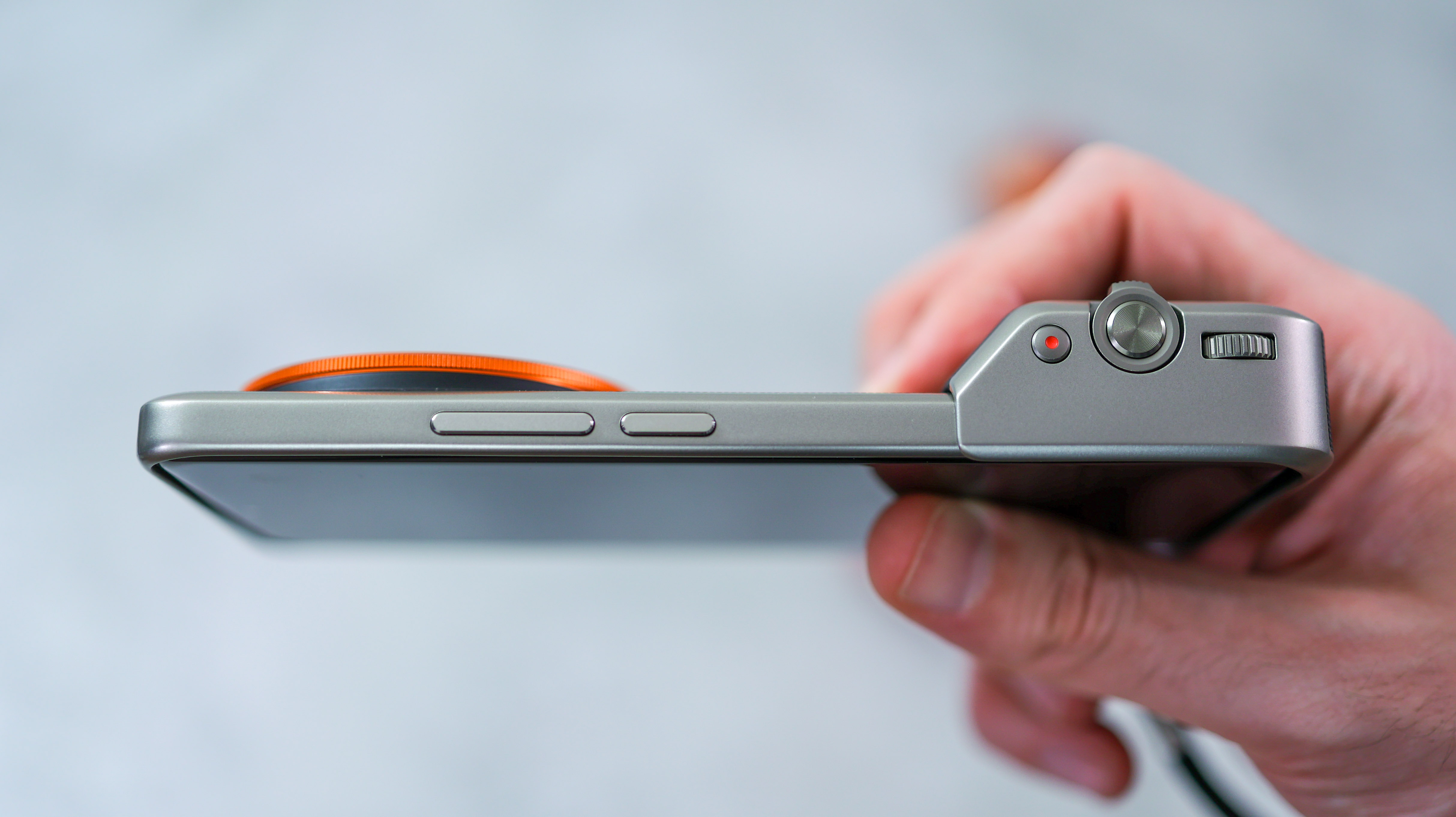
Powered by a Snapdragon 8 Gen 3 from Qualcomm, the Xiaomi 14 Ultra is flagship through and through, and with 16GB RAM and 512GB of storage, whether multitasking or filling it up with 8K video and 30GB+ games like Genshin Impact, it's made to last and perform very well.
While it can tear through top-tier games respectably, the Xiaomi 14 Ultra is not one of the best gaming phones. In standard power mode, it applies a fair bit of throttling when playing demanding titles, which results in lag. You really need to turn on Game Boost (performance mode) to unlock the 8 Gen 3's potential and, in turn, smooth gameplay.
As mentioned, the speakers are also easy to cover up, and ergonomically the camera bump makes for an unwieldy grip when holding the phone in landscape. So while the 14 Ultra does the job for gaming, you can get more gaming clout for less in phones like the Redmagic 9 Pro, provided you don't mind taking a huge hit on that camera.

A couple of other factors hold the Xiaomi 14 Ultra back from being near-flawless. The first is a lack of eSIM support, a feature that's fast become a staple of flagship phones. Xiaomi's HyperOS on top of Android 14 is also frustrating in some areas.
The optional Lock Screen Carousel, which displays articles on your lock screen is also opt-out when it comes to advertising. Personally, I don't want my £1,299 phone serving me ads as I come to unlock it. HyperOS also tries to push Xiaomi's App Mall over the Google Play Store, and requires you to accept cookies for something as simple as changing a wallpaper.
So, while the Xiaomi 14 Ultra with HyperOS is smooth and stable day to day, Xiaomi undermines what it gets right with overbearing elements.
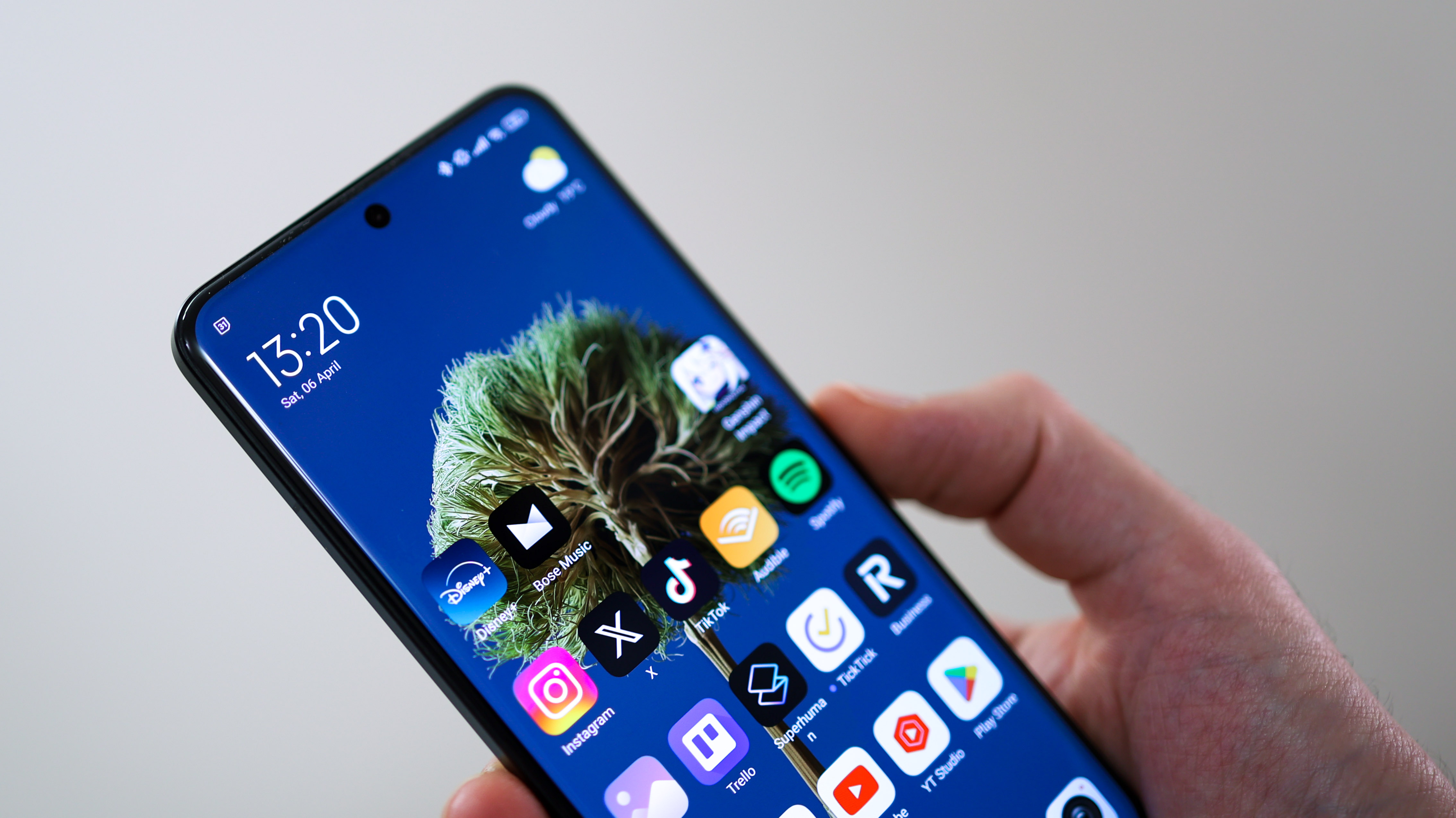
With a 5,000mAh battery, on paper the Xiaomi 14 Ultra should last for ages, and it comfortably makes it through a day of typical use. Though I struggled to get through a day with long bouts of either photography or gaming, so this isn't a battery champion like the Honor Magic 6 Pro.
The 14 Ultra charges at 90W when using the wired charger in the box and takes around 35 minutes to fully charge. If you pick up a compatible Xiaomi wireless charger, you can hit 80W wireless speeds, which is impressively fast.
Xiaomi 14 Ultra review: cameras
The 14 Ultra is the first phone to launch in the West with a second-generation 1-inch camera sensor (the LYT-900 from Sony). Xiaomi doesn't stop there though, including a variable aperture that goes from f/1.63 to f/4.0. Part of a quad-camera system, all four of its rear cameras are 50-megapixel Sony sensors, and this translates to a seriously consistent experience across zoom ranges.
The secondary cameras include an ultra-wide lens at 12mm (0.6x zoom), a telephoto lens at 75mm (3.2x zoom) and a periscope lens at 120mm (5x zoom). All of these are matched with the same Sony IMX858 sensor, and feature wide apertures to deliver consistently competitive performance, whichever camera you're using.

All four cameras also focus close to subjects, adding a huge amount of versatility to macro shots and showing up competitor cameras like the iPhone 15 Pro Max's tetraprism periscope zoom.
Xiaomi's camera processing builds upon the 14 Ultra's powerful cameras with the help of Leica tuning. When taking photos, you can choose between Leica Authentic or Vibrant for a zingy or subdued look, and while this was clumsy in the past on phones like the Xiaomi 13T, photo quality from the 14 Ultra is better than anything I've ever seen from Xiaomi.

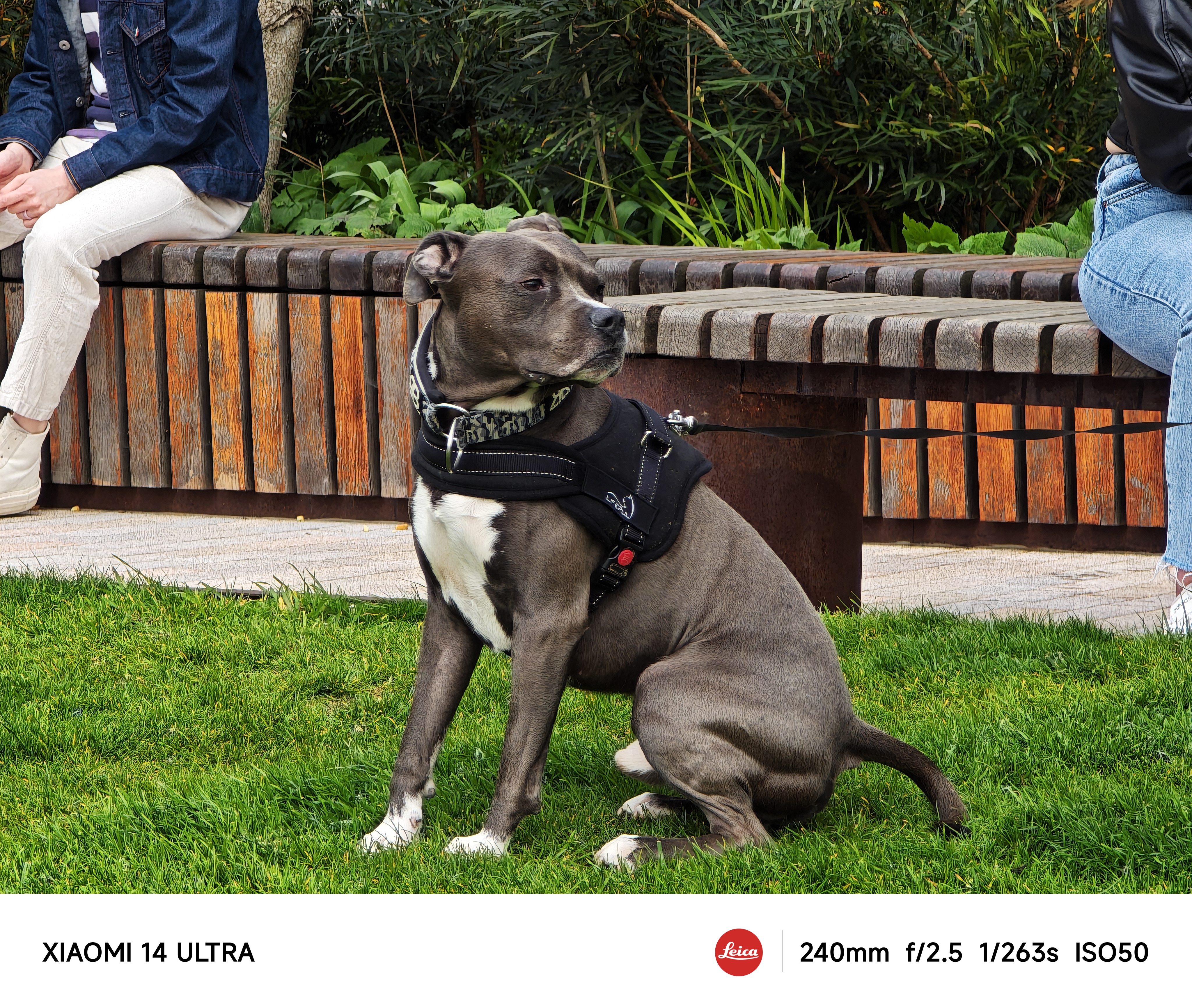

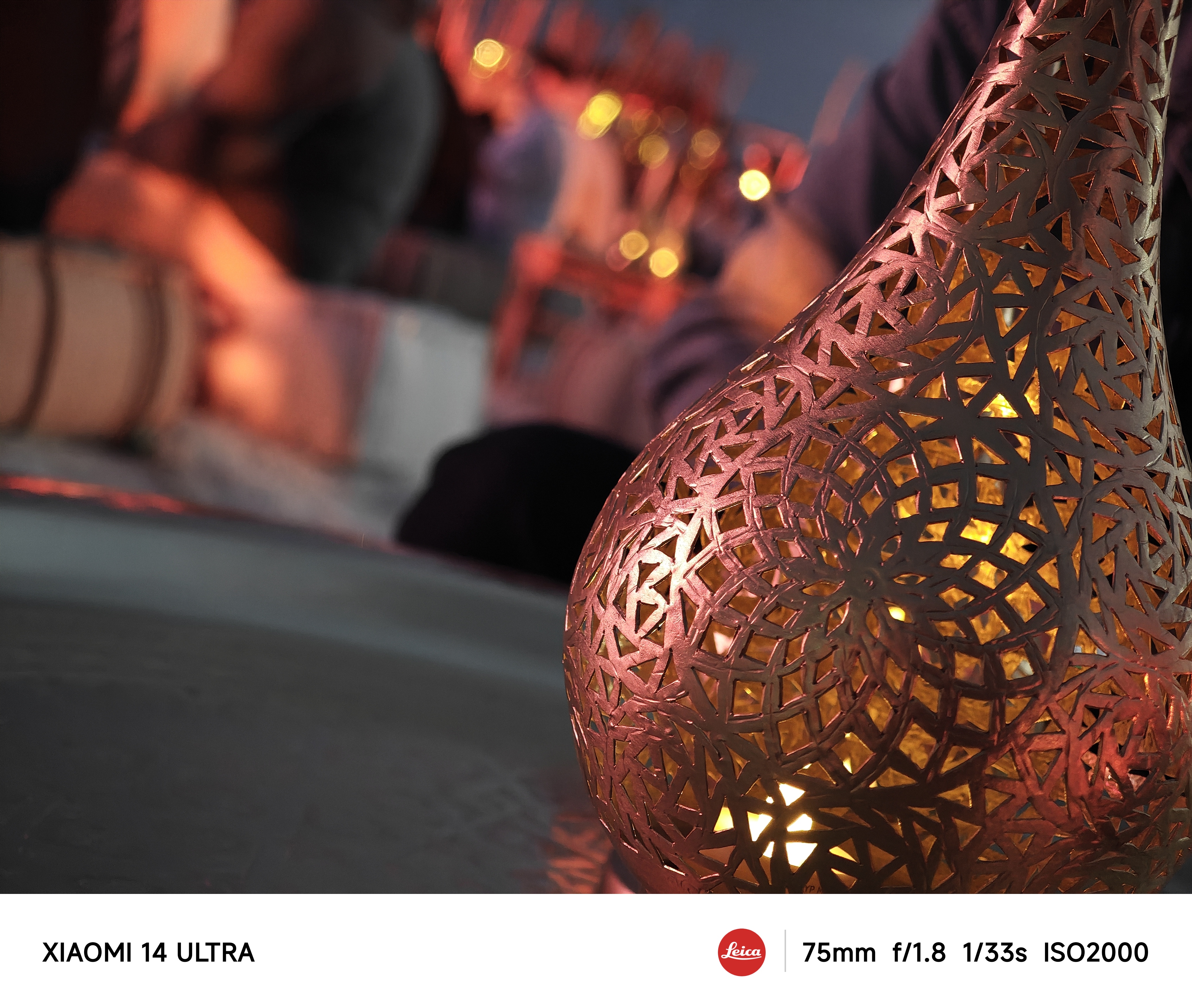
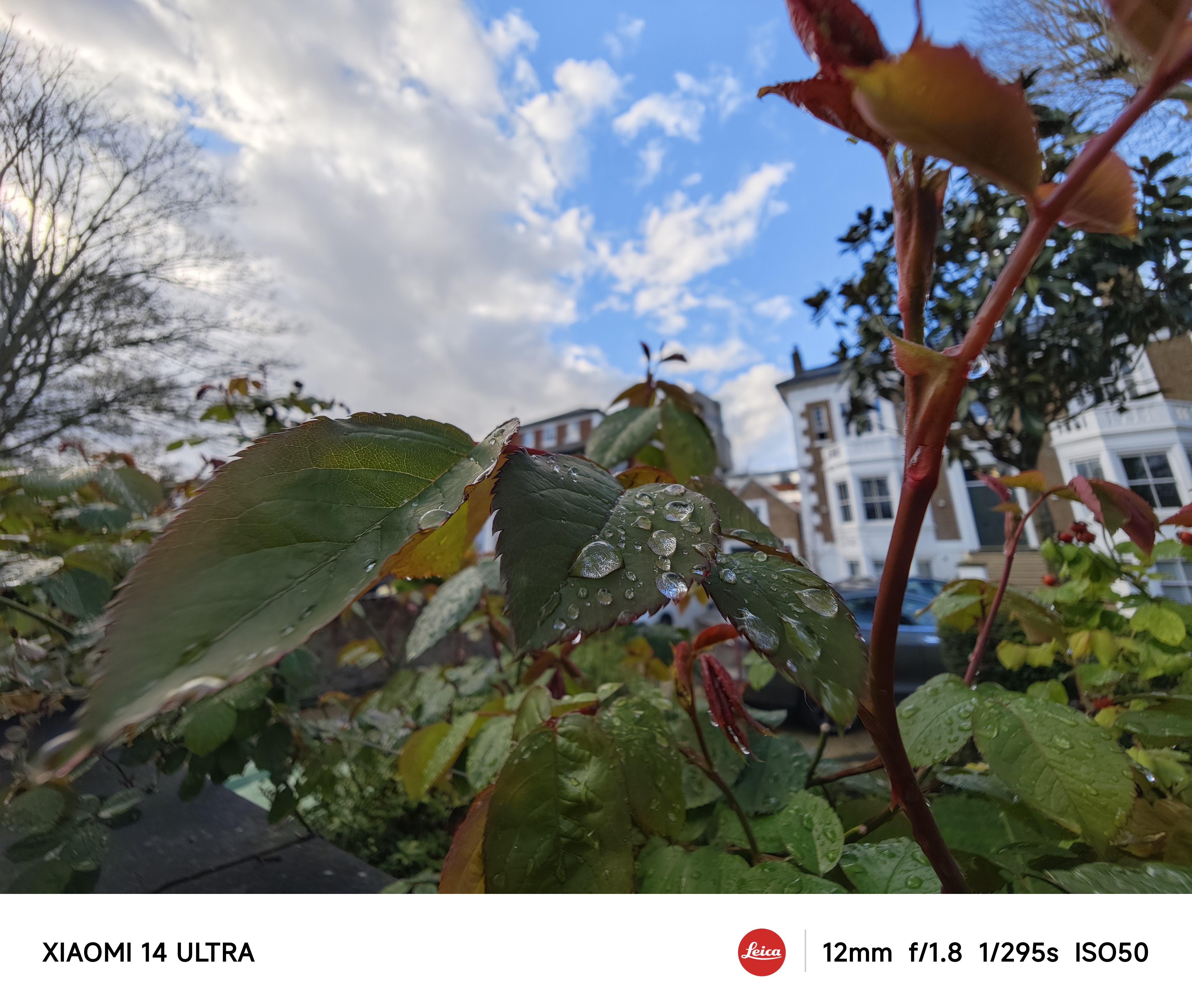
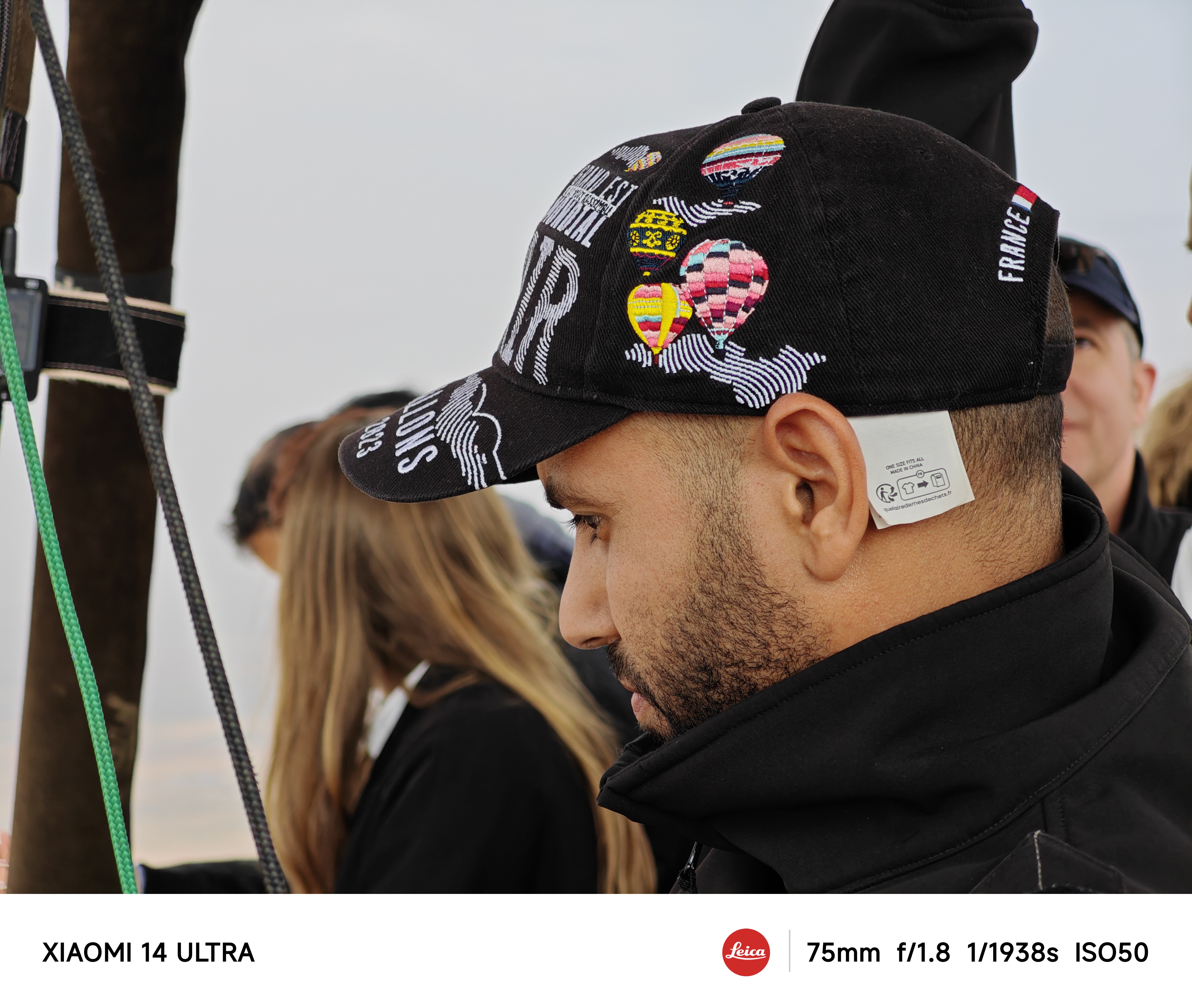
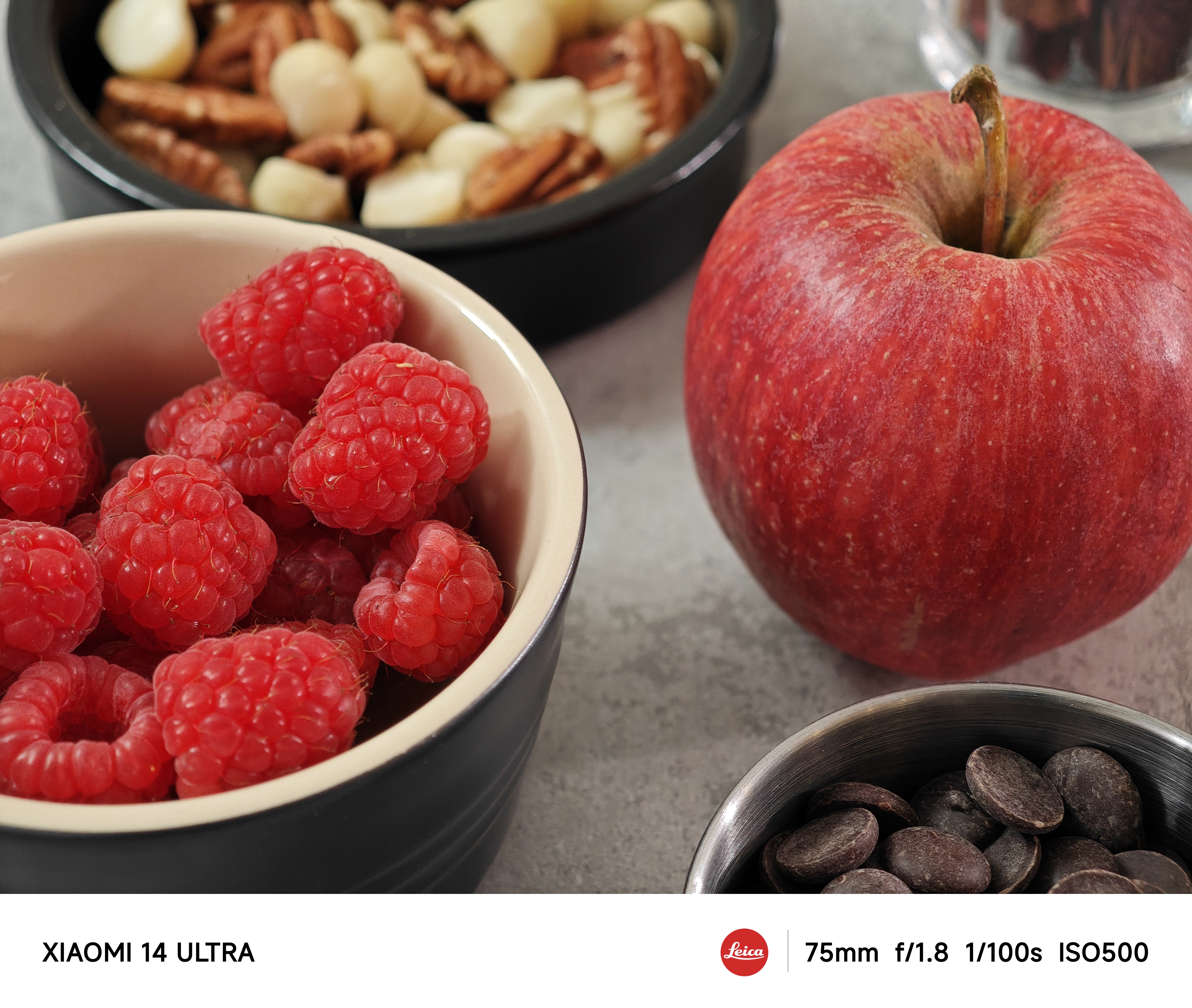

Leica's processing gives shots a classical look. While the Google Pixel 8 Pro and Vivo X100 Pro capture plenty of shadow detail, the 14 Ultra leans toward contrast while still capturing plenty of texture.
The main camera's party trick – that variable aperture – creates versatility when shooting in bright and dark scenes, making it the go-to camera in challenging environments. While I expected great things from the primary camera, I was most impressed by the 75mm and 120mm telephoto cameras, both able to take crisp shots of subjects far away and in most lighting conditions.
More than just a stills camera, the Xiaomi 14 Ultra's video looks excellent. The rear camera can shoot at up to 8K at 30fps resolution or 4K at 120fps, and the front camera caps out at 4K at 60fps. While the iPhone is still the video winner for anyone who wants to shoot ProRes clips, the Xiaomi 14 Ultra's variable aperture, out-of-the-box manual controls, and Log capture all help it compete.
Xiaomi 14 Ultra review: photography kit
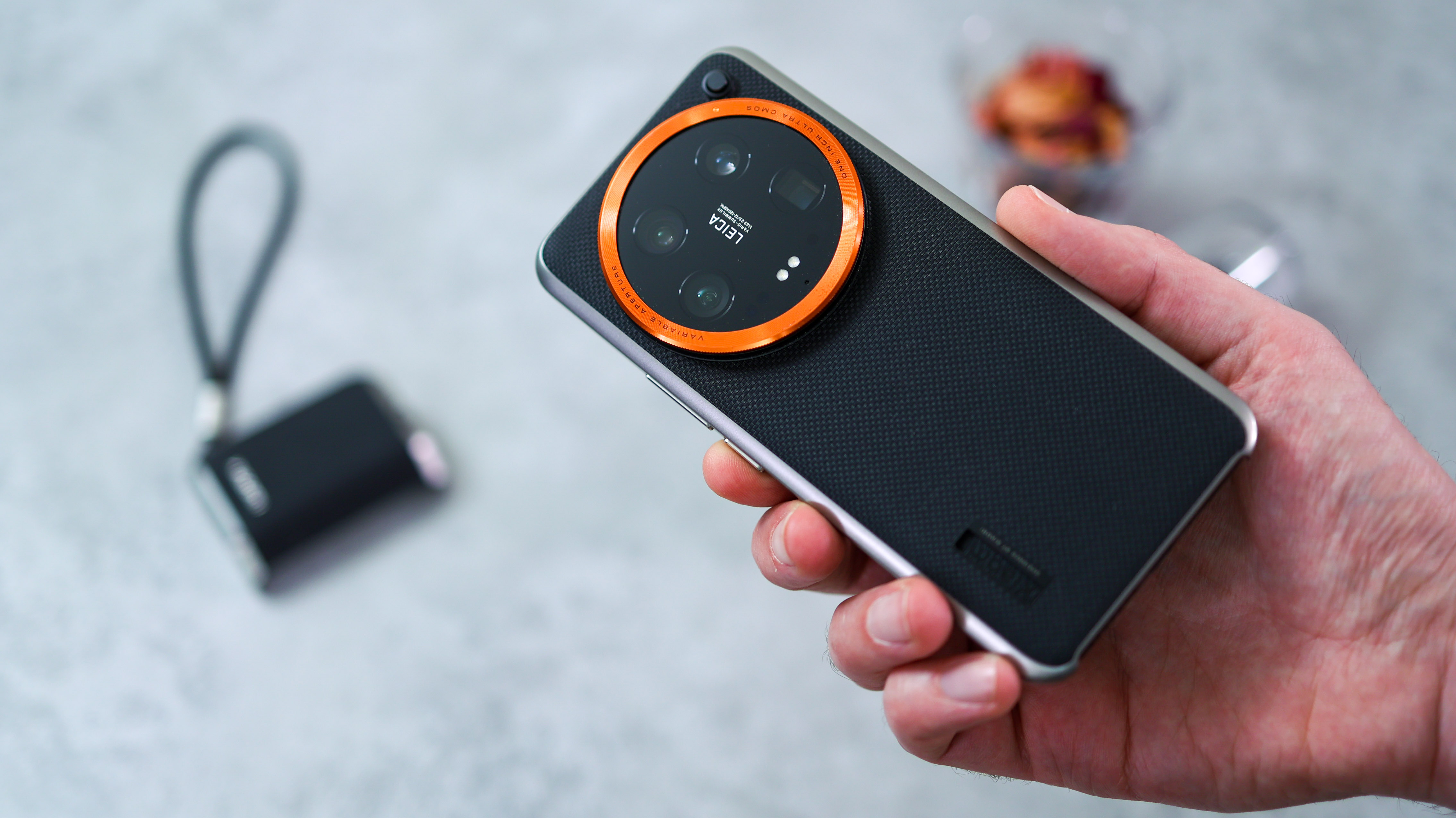
Priced at £179, the Xiaomi 14 Ultra Photography Kit is expensive, but for a certain kind of photographer, it isn't hyperbolic to say that it could be priceless, and the difference between capturing a shot and missing it.
On a practical level, the kit adds a 1,500mAh battery, zoom lever, two-stage shutter release, 67mm filter adapter, video button, and a custom dial that can control aperture exposure and other aspects of shooting. There's also a lanyard which can be looped into the grip portion of the kit.
Oftentimes, while testing the phone, the lanyard would be hanging out of a pocket, and I would loop my hand in it, pull the phone out gripping the camera, press the shutter release and take a shot in moments. It's so much less fiddly than using a touchscreen.
Xiaomi 14 Ultra review: verdict
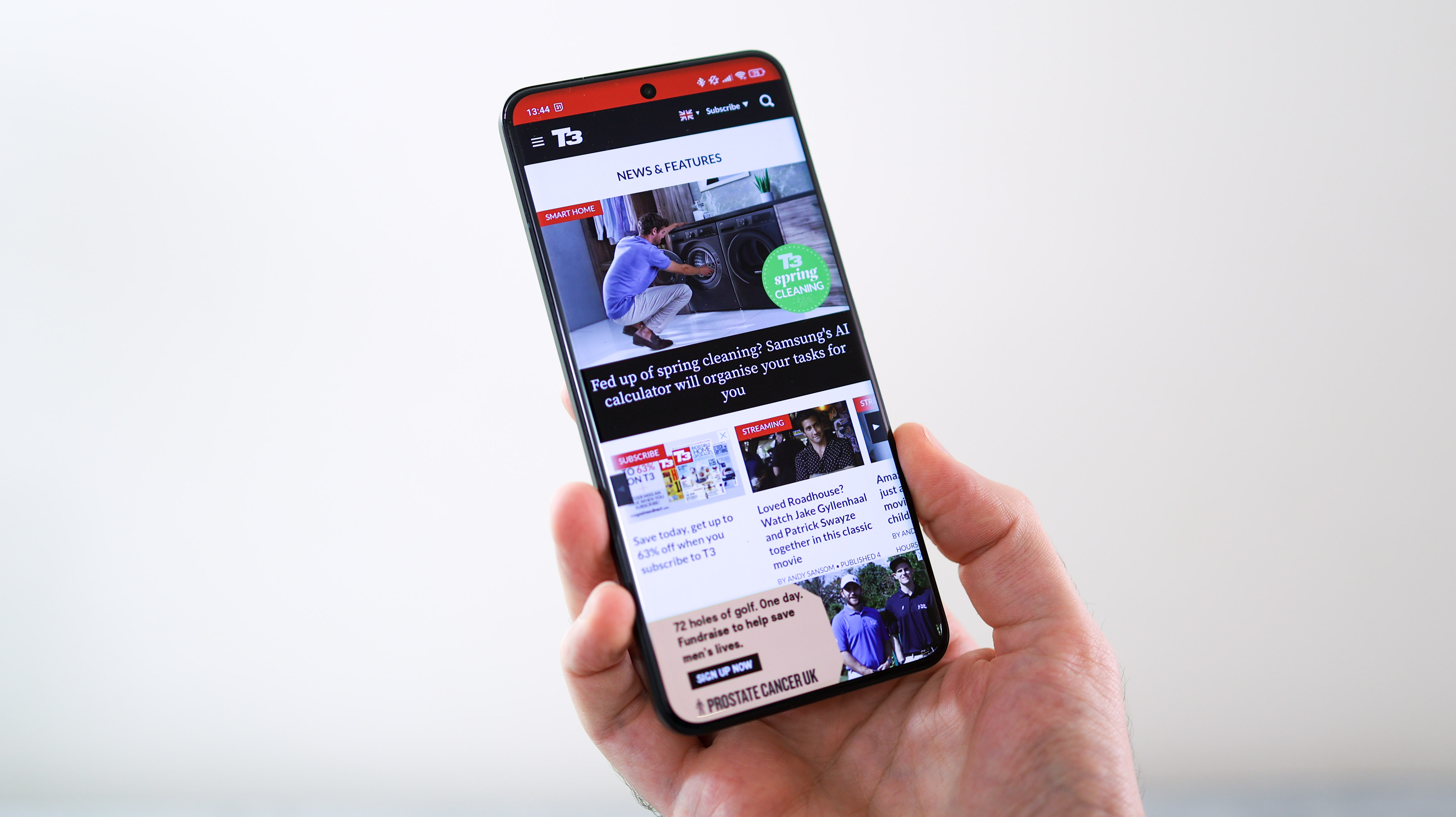
The Xiaomi 14 Ultra's camera is so much more impressive than anything else available that it's easy to argue away some of the small gripes found here. The camera spec is simply just so far ahead of the competition, so if photography is your main priority then it's an obvious choice.
The biggest issues with this phone are a lack of eSIM support and Xiaomi's overbearing HyperOS, but if neither are deal-breakers for you then the 14 Ultra is a premium, powerful smartphone that has a winning screen, plenty of storage, and delivers day-long battery life.
If you're after an incredibly capable, versatile camera phone, then nothing can beat it. While it's certainly expensive, it's worth every penny.
Also consider
The obvious alternatives to the Xiaomi 14 Ultra are the iPhone 15 Pro Max for iOS users, and the Samsung Galaxy S24 Ultra or Google Pixel 8 Pro if you're looking for an Android phone. Out of all three, the Pixel 8 Pro's camera is most comparable to that of the Xiaomi 14 Ultra when it comes to reliably capturing a great shot time after time.
If you're looking to save some cash, the excellent OnePlus 12 is another winning alternative thanks to its versatile camera and Hasselblad photo processing. And if you like the look of Xiaomi's Leica features but don't want to spend Ultra money, the standard Xiaomi 14 could fit the bill.
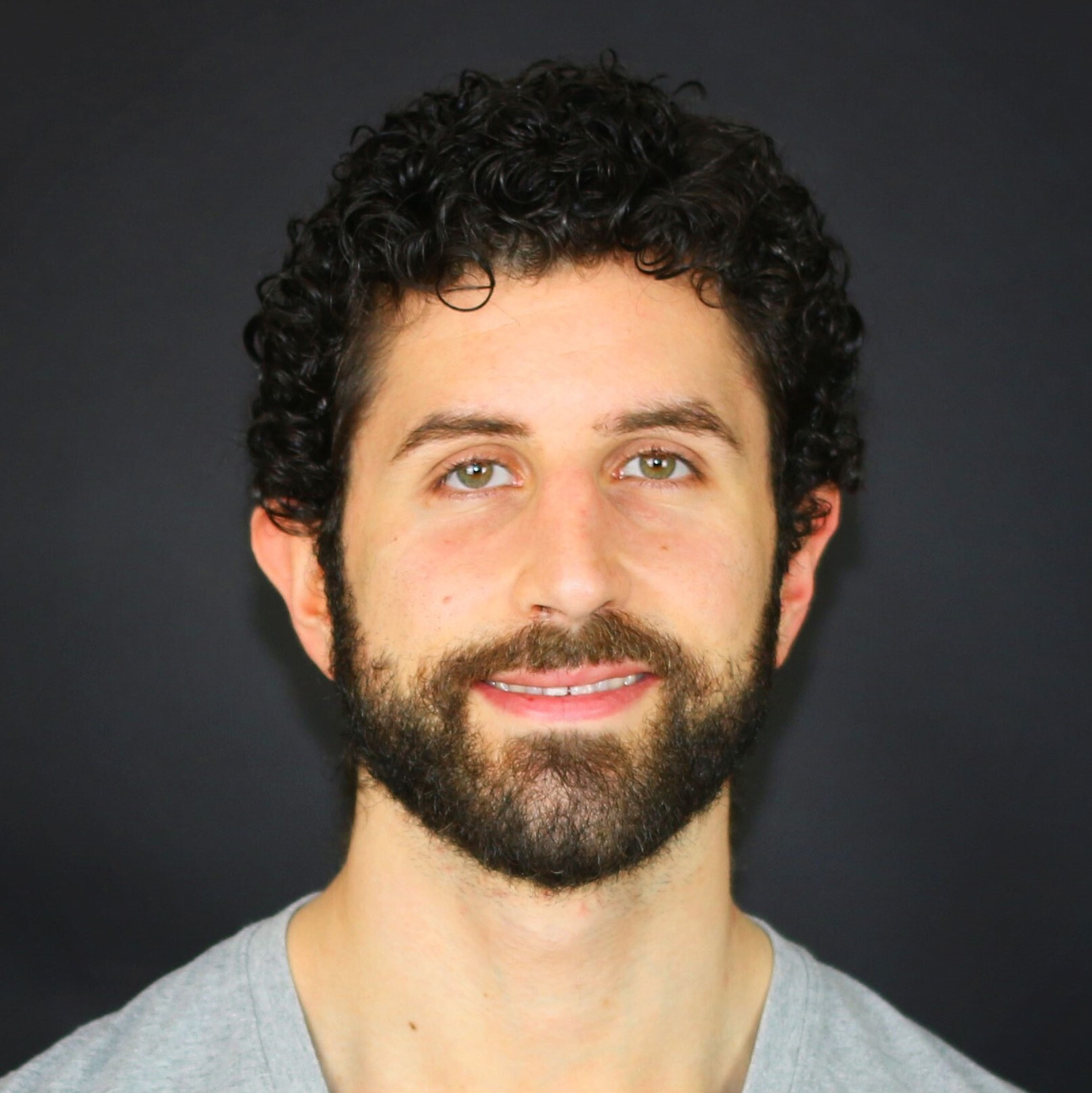
Basil has been writing about tech for over 12 years, with bylines in TechRadar, Metro, Wired, and Digital Camera World – to name but a few titles. He expertly covers everything from mobile phones to smart devices, cameras, audio-visual hardware, and kitchen tech. In addition to his extensive journalism experience, Basil is also skilled in video production, content strategy, and vegan baking, and runs Tech[edit], a technology-focused YouTube channel.
